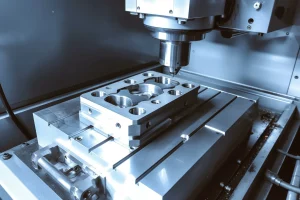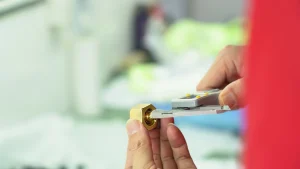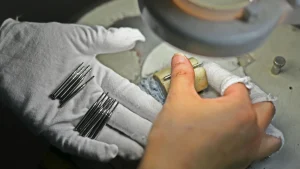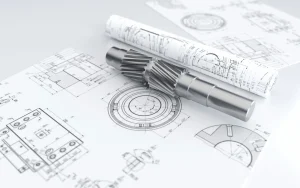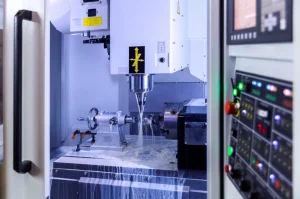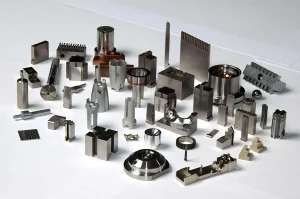In the field of non-standard hardware processing, ensuring corrosion resistance is a critical step to maintain product quality, durability, and performance. Since most non-standard parts are made from sheet metal and subjected to various forming processes, their surfaces are highly prone to oxidation and rust without appropriate protection. Selecting the right corrosion prevention method not only extends service life but also enhances the reliability of the parts in different industrial applications.
Non-standard hardware processing overview
Non-standard hardware processing involves a comprehensive cold working process on sheet metal (typically less than 6mm), including shearing, punching/cutting/combining, folding, riveting, splicing, and forming (e.g., for automobile bodies). Non-standard hardware parts, made from sheet metal, require corrosion protection, rust prevention, and oxidation prevention for most materials, with the exception of stainless steel.
1. Commonly used materials in the processing industry include:
- SUS stainless steel
- SECC electrolytic steel
- SGCC galvanized steel
- SPCC cold-rolled steel
- SPHC hot-rolled steel
- AL aluminum
- SPTE tinplate
All materials, except stainless steel, generally require rust and oxidation prevention.
2. Corrosion prevention for SUS stainless steel
- Passivation treatment.
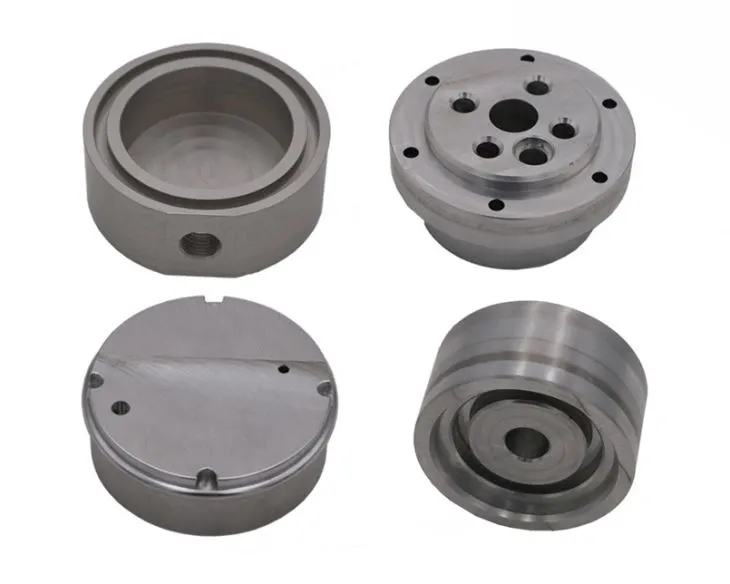
3. SECC, SGCC, and SPTE (surface-coated steels)
Finished products made from SECC electrolytic steel, SGCC galvanized steel, and SPTE tinplate are not susceptible to rust due to their inherent surface coating, but are susceptible to corrosion on cut surfaces.
Corrosion prevention methods include:
A. Apply silver paint to the cut surface;
B. Apply rust inhibitor to the cut surface;
C. Wash the entire product with rust inhibitor.
(Rust inhibitor is a rapidly evaporating chemical that does not damage the product’s appearance or function.)
4. Corrosion protection methods for SPCC cold-rolled and SPHC hot-rolled sheets
A. Electroplating;
B. Paint finish;
C. Plastic spraying.
5. Corrosion protection methods for AL aluminum sheets
A. Anodizing;
B. Paint finish;
C. Plastic spraying.

